The electrical industry plays a very important role not only in the field of production but also in our lives that need to use the electrical system. Industrial electrical systems are widely used in many other industries such as agriculture, forestry, and seafood processing. However, not everyone knows how to install an industrial electrical system that is safe and optimal. The following article P69 will share and help you answer what steps does the installation of industrial electrical systems include?
What is an industrial electrical system?
Industrial power system is a power transmission and distribution system to help machines and equipment operate in service of production, business and services. This system ensures the stable operation of the power source, and at the same time develops a safe, reasonable and efficient power transmission system for all industrial activities.
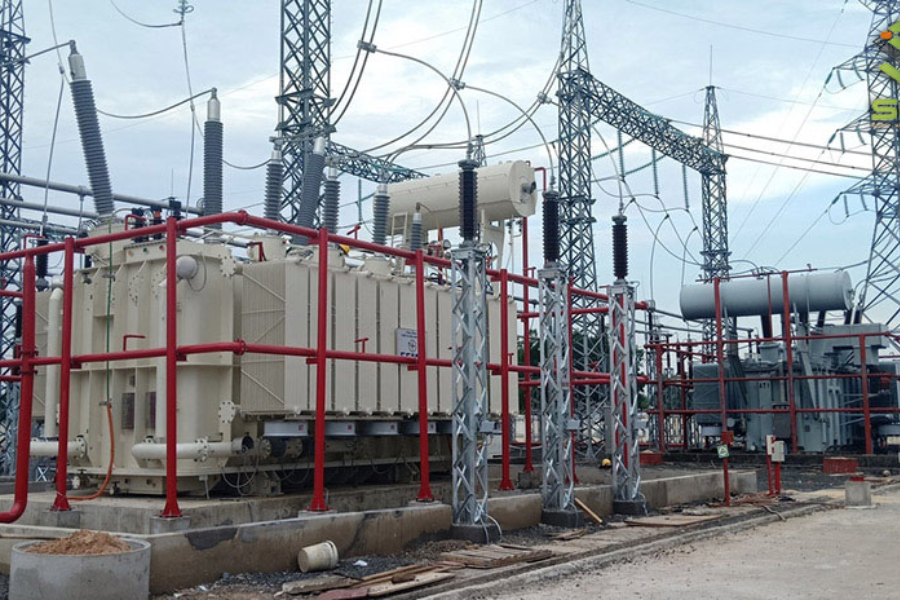
What does the industrial electrical system include?
After understanding what is an industrial electrical system? We need to grasp what a complete industrial electrical system consists of. Understanding before installing the system will help us optimize construction time.
The industrial electrical system consists of many parts and each part has a different function and task. As follows:
The medium-voltage system provides power to the total transformer: This is a transformer part to convert current from the national power network to serve production and business. This system aims at stabilizing the current, making adjustments to increase and decrease the voltage to an appropriate level. As a result, machinery and equipment in the factory can operate efficiently.
Distribution switchboard system: A system installed to manage the circulation of power in the factory to ensure the safety of industrial equipment and machinery.
Industrial equipment electrical cabinet system: Is a control cabinet system to adjust the power on and off for industrial electrical equipment. The electrical equipment cabinets usually include: Ammeter, Volt meter, fuse, … to ensure the safety of machinery and equipment.
Industrial equipment system: This is the core part, directly affecting production and business. Industrial electrical equipment system includes: equipment and machinery directly involved in the production process (production, processing, packaging, ..) and other electrical-using parts (systems). lighting, air conditioning, ventilation, etc.).
The role of the industrial electrical system
The electrical system in industry plays an important role in the production and operation of products of each enterprise, namely:
- Technical improvement in the process of using, improving the productivity of industrial equipment. Ensure the staff to carry out the production process continuously, without interruption.
- Labor saving.
- Reduce production costs to a significant extent, lower product costs, improve quality.
- Bringing modern technology into a more dynamic and mechanical system to save time.
- The price is consistent with the production process of the product.
- Can replace humans, do things that humans cannot do manually.
What criteria should be paid attention to when installing industrial electrical systems?
When installing industrial electrical systems, when checking, they need to ensure the following requirements:
- Handover equipment needs to meet electrical safety criteria. Avoid causing unsafety during operation and use
- The system operates smoothly and efficiently. This criterion is evaluated by the working capacity of the system. It needs to ensure that it does not affect the production schedule of the enterprise
- Saving operating costs: It is necessary to calculate the correct scale and capacity to use. Learn how to properly arrange and use equipment to avoid wasting electricity
- Meet state standards: The industrial electrical system used should ensure standards such as TCVN 7447-5-51: 2010, TCBN 394: 2007…
Professional installation of industrial electrical systems
Construction of light electrical systems and industrial electrical systems is an important stage. The construction will directly affect the entire operation of the building, factory, and workshop in the future. To ensure electrical safety, when doing so, you need to follow the steps below:
Have the necessary equipment ready
To save construction time, the first thing you need to do is prepare the necessary equipment.
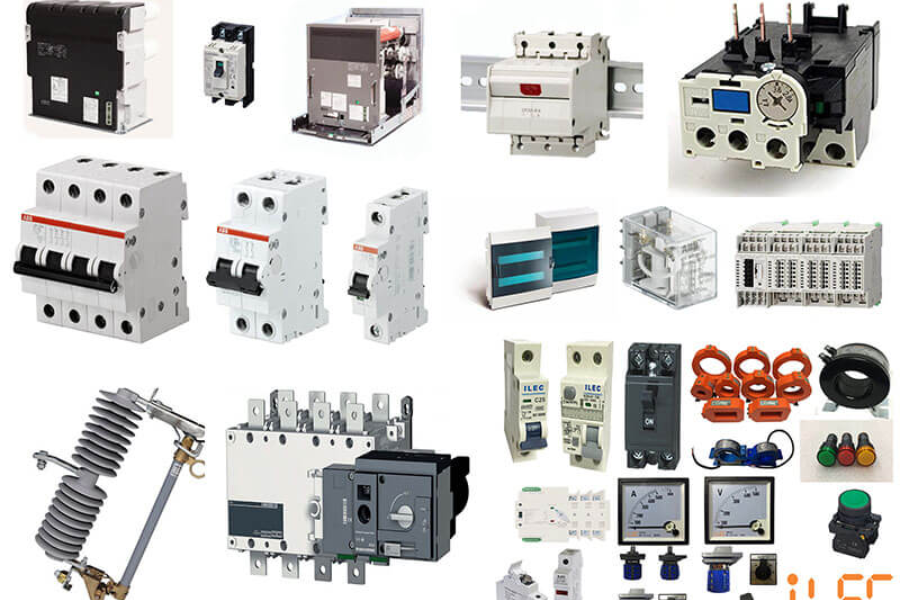
The industrial power system will be somewhat different from the residential electricity system. Therefore, there will be some separate equipment that is not available when installing civil electricity such as:
- Transformer : Industrial electricity has a fairly high voltage level (380V). Therefore, it is necessary to use transformers to ensure stable power supply. It is necessary to ensure the safe transmission of electricity to the machinery and equipment during installation.
- Industrial workshop electrical cabinets : These are specialized large cabinets used as distribution cabinets. Control cabinets for machinery systems, electrical systems.
- Electrical conductors : Single-phase and 3-phase power transmission lines are used to conduct electricity from outside as well as inside the factory.
- System protection devices : Including circuit breakers, aptomats, relays, … have the function of protecting the electrical system when overloaded or when the current is unstable, ensuring safety for users.
- Signaling devices : Indicator lights, ringing bells, … to warn of operating status. Especially help to recognize warnings when the system has problems
Surveying the project, receiving customer information
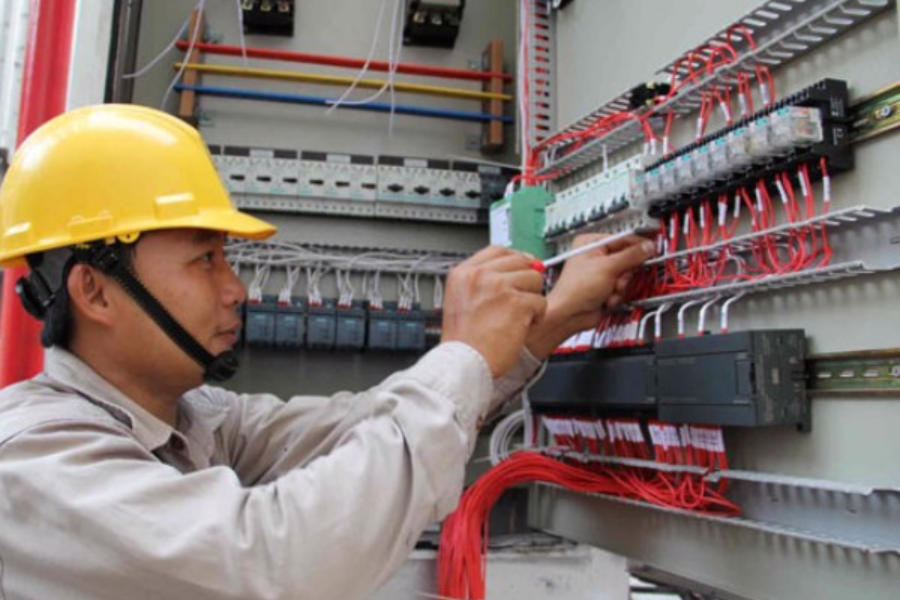
After preparing all the electrical equipment to be used in the construction and installation of the electrical system. The construction unit needs to go directly to the work and location that they will perform. Thanks to that, the new unit can measure, survey and make accurate and appropriate calculations.
In addition, the construction unit of the factory electrical system also needs to pay attention to the requirements of customers. As well as the characteristics of the business industry. From there, it is possible to have a suitable, effective and economical plan for the factory’s electrical system.
Design drawings of industrial electrical systems
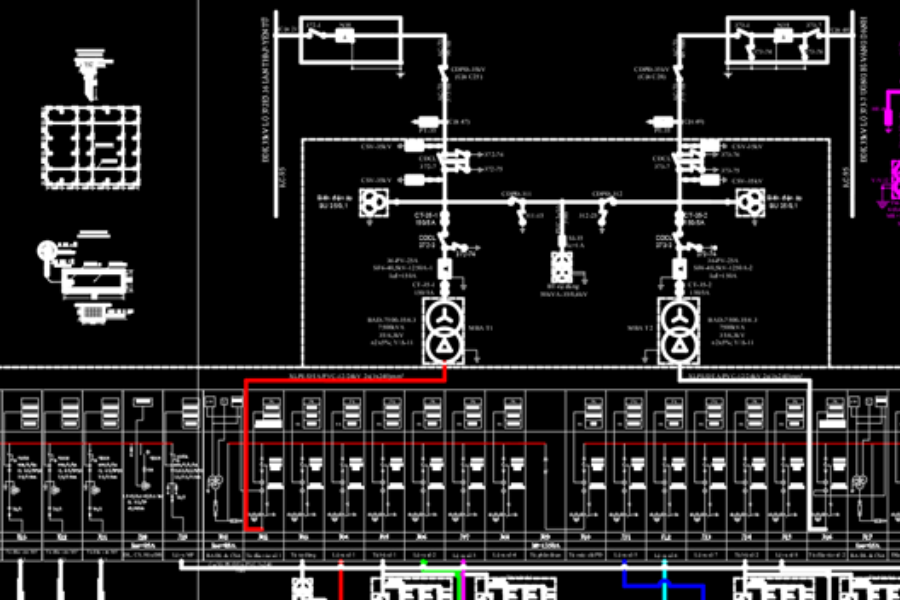
To have a perfect and standard construction drawing, it is necessary to ensure the following criteria:
- Strictly comply with the standards on language and symbols used in electrical engineering drawings
- Ensure the level of electrical safety during both construction and operation
- Commitment to the ability to meet the capacity and efficiency as required by the business
- Calculation of construction costs to ensure the most economical and optimal
Construction and installation of industrial electrical systems
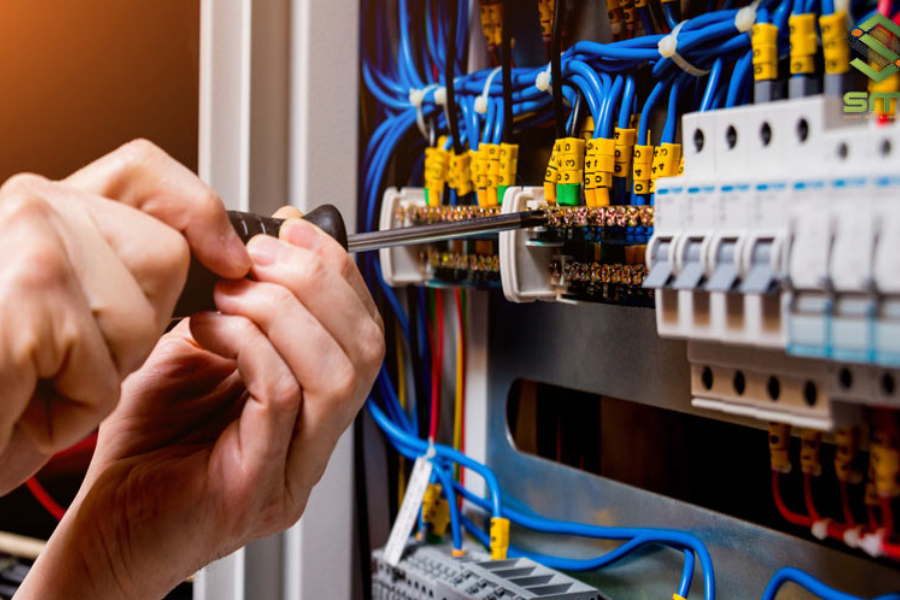
Construction and installation of the most important electrical system in the whole process. During construction, the implementing units need to ensure the following factors:
- Construction according to approved design drawings.
- Ensure the safety of the system during operation.
- Commitment to the efficiency in the operation of the equipment in the system.
- Easy to repair and maintain industrial electrical systems later.
Acceptance and inspection
After completing the construction, it is necessary to run tests on the real system to check the level of safety. Check whether the power supply to the device meets the requirements set out or not. Only then will it be accepted and transferred to the enterprise.
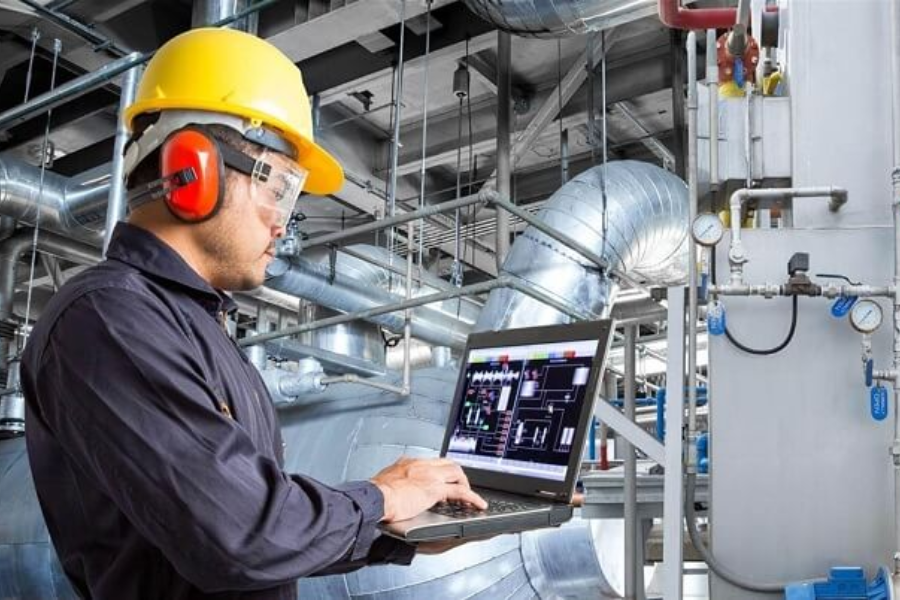
When the system has been tested, it is stable and safe. The construction unit will transfer the electrical system to the owner. Starting in the warranty period, post-installation maintenance of industrial electrical systems.
Notes when installing industrial electrical systems
As is known, electricity is a meaningful form of energy that contributes to all human activities. Therefore, industrial electrical safety is always checked and monitored regularly.
In order to install a safe industrial electrical system, the owner of the facility must adhere to the principles and arrangement of the safe operation of the power network. Strictly observe the following safety rules:
- For the person in charge of expertise: it is necessary to understand the equipment, electrical diagrams and operating techniques to avoid the risk of danger. Must have knowledge of electrical engineering safety, when bad situations occur. Able to handle situations and can give first aid to people who have been electrocuted.
- For workers: Ensure the principle of 1 person monitoring, 1 person working when installing.
- For businesses: Must regularly review and check the entire network. Strictly observe electrical safety rules.
- In addition, it is necessary to select the correct voltage as well as perform grounding. When working with electrical equipment, workers must use specialized tools and protective equipment. Ensure that insulating material is available at all times and that electrical equipment is regularly checked.
Contact information P69 Investment Joint Stock Company
The above article has shared with you the process to install professional industrial electrical systems . Electricity is a very dangerous source of energy. Therefore, before constructing any electrical work, you need to study the installation process to avoid unfortunate incidents. If you still have any questions, contact p69 for answers.

